Earth Science and Engineering
Later tropical blooms could affect marine life
Color changes in the northern Red Sea indicate rising sea temperatures could significantly impact tropical marine ecosystems.
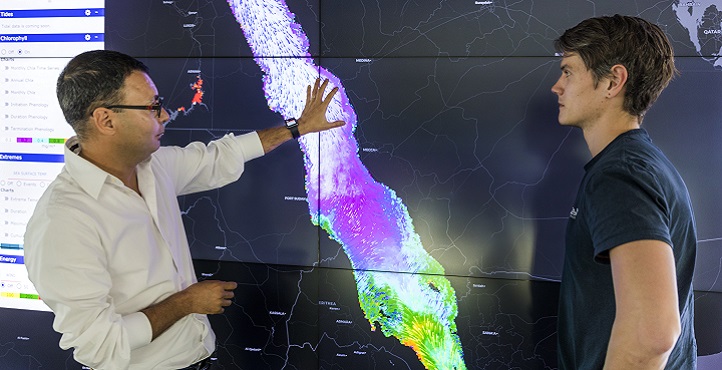
Monitoring phytoplankton abundance could help to identify areas in the oceans that are susceptible to the impacts of climate change, suggest KAUST researchers.
Winter seasonal blooms of phytoplankton growth in the northern Red Sea are starting later, lasting for shorter periods, and ending earlier as sea surface temperatures rise. Phytoplankton, microscopic marine plants, are at the bottom of the food chain for many organisms, including humans, so a warming climate is likely to have a significant cascading impact on marine ecosystems and beyond.
“Phytoplankton form the base of oceanic food webs and support the growth of many marine organisms, including zooplankton, invertebrates, fish and large mammals, such as whales,” says John Gittings, an oceanography Ph.D. candidate at KAUST. “Phytoplankton are also important sequesters of carbon dioxide and help regulate Earth’s temperature. Through photosynthesis, they are also responsible for about 50 percent of the oxygen we breathe.”
KAUST researchers examined ocean color changes over an 18-year period (1998 to 2015) in the northern Red Sea. The data comes from European Space Agency satellite sensors that detect phytoplankton absorption of light for the process of photosynthesis. The team charted this data over time and compared it to temperature changes at the sea’s surface and within its deeper layers using computer simulations they had developed for the Red Sea.
They found that when the winters were warmer there was a rise in sea surface temperatures, leading to a decrease in heat exchange between the sea and the atmosphere. This, in turn, reduced mixing of deeper nutrient-loaded water with the more superficial layers of water where the phytoplankton live. Changes in nutrient availability for phytoplankton means that their winter seasonal growth spurts are later and shorter.
The northern area of the Red Sea is unique and differs from the more southern parts: its phytoplankton dynamics, and thus ecosystem, are more similar to other tropical ocean masses. This means it can serve as a model ecosystem for other tropical marine ecosystems, explains Gittings.
The study foreshadows changes regarding when and how much phytoplankton is available in the tropics for marine larvae feeding, explains KAUST earth modeling expert Ibrahim Hoteit. “Combining our results with similar studies that looked at the effects of less phytoplankton and altered bloom timing on higher levels of the food chain may give clues to how the ecosystem responds and how humans may be affected,” he says.
Studies have shown that a shift in bloom timing in the tropics by just a few weeks can decrease the survival rates of small zooplankton and fish.
Also, phytoplankton abundance is linked to the survival of fish larvae on tropical coral reefs. “Commercially important species may be affected, ultimately impacting human populations that depend on coastal fisheries as an important source of protein,” Hoteit adds.
The team plans to further investigate the mechanisms contributing to the formation and maintenance of phytoplankton blooms and how these might change within different climate change scenarios.
References
- Gittings, J.A., Raitsos, D.E., Krokos, G. & Hoteit, I. Impacts of warming on phytoplankton abundance and phenology in a typical tropical marine ecosystem. Scientific Reports 8, 2240 (2018).| article
You might also like
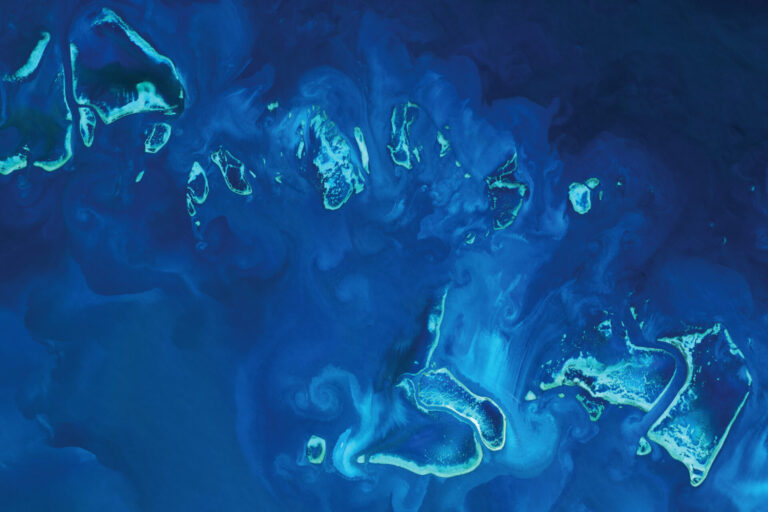
Earth Science and Engineering
Sensing color cues to monitor coral health in the Red Sea
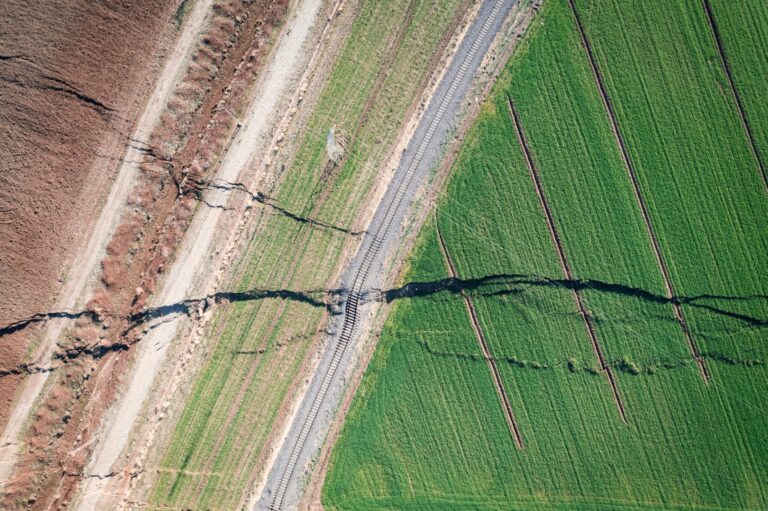
Earth Science and Engineering
Kahramanmaraş earthquake study showcases potential slip rate errors

Chemical Engineering
Unveiling the role of biomass-burning aerosols in atmospheric reactions
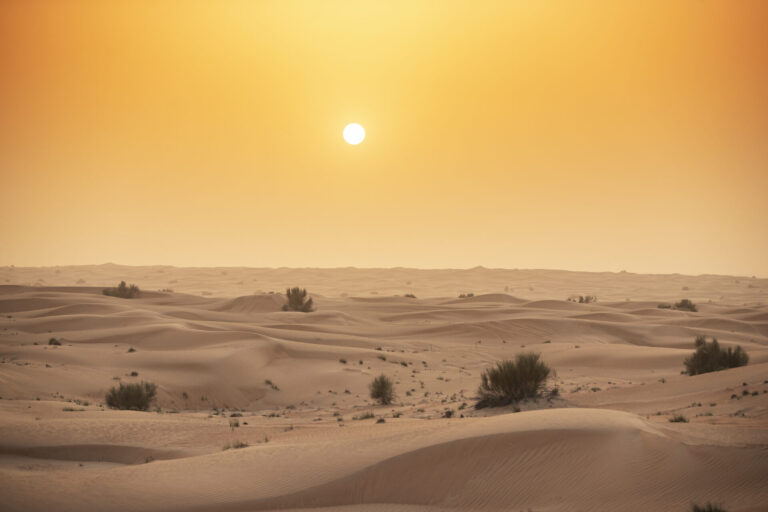
Earth Science and Engineering
Feeling the heat across the Middle East
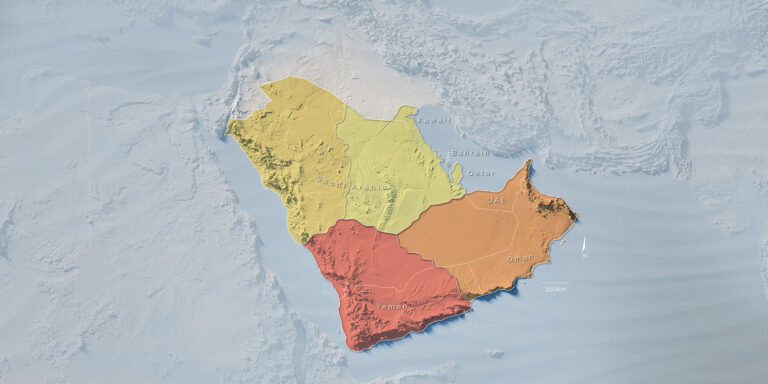
Applied Mathematics and Computational Sciences
Past and future drought patterns across the Arabian Peninsula

Earth Science and Engineering
Fewer major earthquakes for the northern Dead Sea Fault

Applied Mathematics and Computational Sciences
Measuring the impact of desert greening

Applied Mathematics and Computational Sciences




